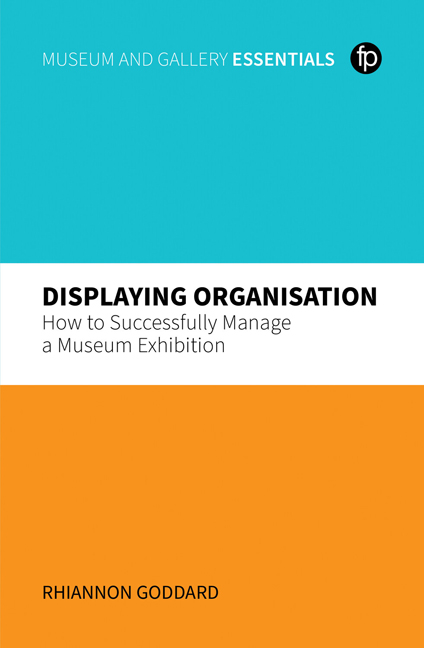Book contents
- Frontmatter
- Dedication
- Contents
- Figures, Tables, Boxes and Case Studies
- About the Author
- Acknowledgements
- Introduction
- PART 1 DEFINING THE PROJECT
- PART 2 PLANNING THE PROJECT
- PART 3 EXECUTING THE PROJECT
- PART 4 TRANSITION
- PART 5 EVALUATING THE PROJECT
- PART 6 KEY PROJECT MANAGEMENT SKILLS
- Bibliography
- Index
9 - How to Manage a Project Programme
Published online by Cambridge University Press: 14 October 2023
- Frontmatter
- Dedication
- Contents
- Figures, Tables, Boxes and Case Studies
- About the Author
- Acknowledgements
- Introduction
- PART 1 DEFINING THE PROJECT
- PART 2 PLANNING THE PROJECT
- PART 3 EXECUTING THE PROJECT
- PART 4 TRANSITION
- PART 5 EVALUATING THE PROJECT
- PART 6 KEY PROJECT MANAGEMENT SKILLS
- Bibliography
- Index
Summary
Introduction
In this chapter we will discuss how, once you have set up your programme (see Chapter 2), you will manage it throughout the project. We will look at how keeping an eye on the project and the cost plan together can help you form a picture of how the overall project is progressing and how communication will help you to keep on track. Much of programme and project management is about honing your leadership skills, and we will explore some of those skills in this chapter.
How to manage the programme
Chapter 2 discussed the mechanics of how to set up a project timeline or programme. But there is much more to your role as PM than just this: you must actively manage the programme – it won't just happen because you have written it down, and it is quite likely to change as you progress through the journey of exhibition design and your and your team's ideas about the exhibition change. So, how do you do this?
You need to know your programme well, to make sure that you understand it and to remember why you put things in the order that you did and what decisions you reached about the allocation of the work. If necessary, keep notes so that if you do change things later you can be clear about the impact this may have on your earlier assumptions. It is a good idea to keep a record of each iteration of your programme, so that if it does change you can track where the changes were made and why. This will help you to spot any problem team members or any areas of the project that are not as straightforward as you had imagined – and it will help you on your next project, as perhaps you under- or overestimated the time certain tasks would take. Take a regular look at your programme and be honest about how well you and the team are meeting the deadlines that you set. Don't be afraid to work with the team to adjust the programme if this becomes necessary; but also try not to make a habit of this, as the programme should be as static as possible and the team will only become confused and not respect deadlines if they are constantly changing.
- Type
- Chapter
- Information
- Displaying OrganisationHow to Successfully Manage a Museum Exhibition, pp. 125 - 128Publisher: FacetPrint publication year: 2023



